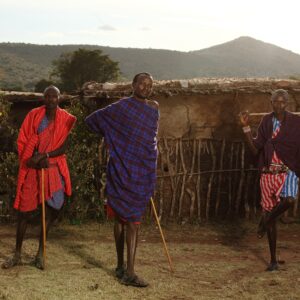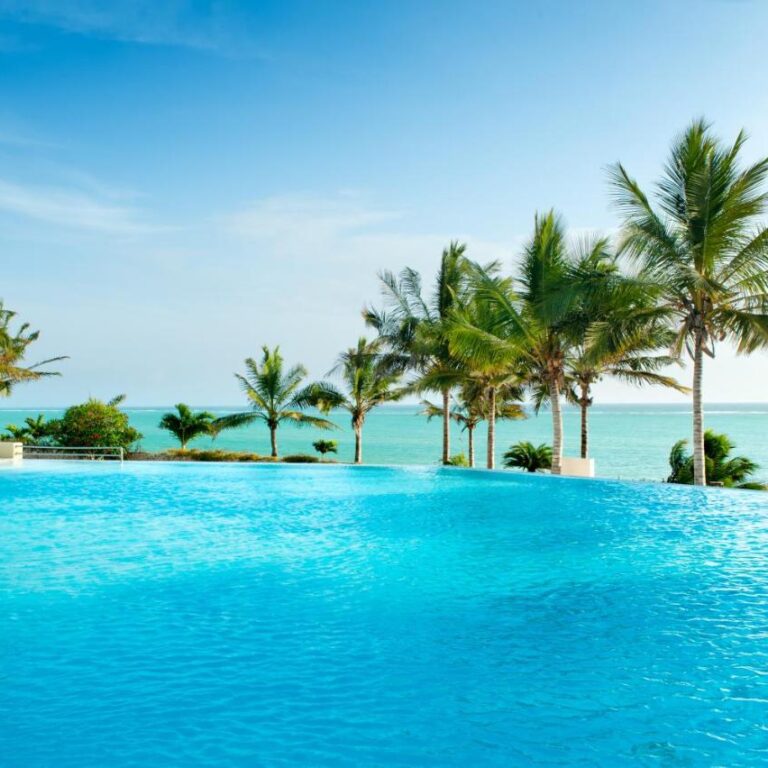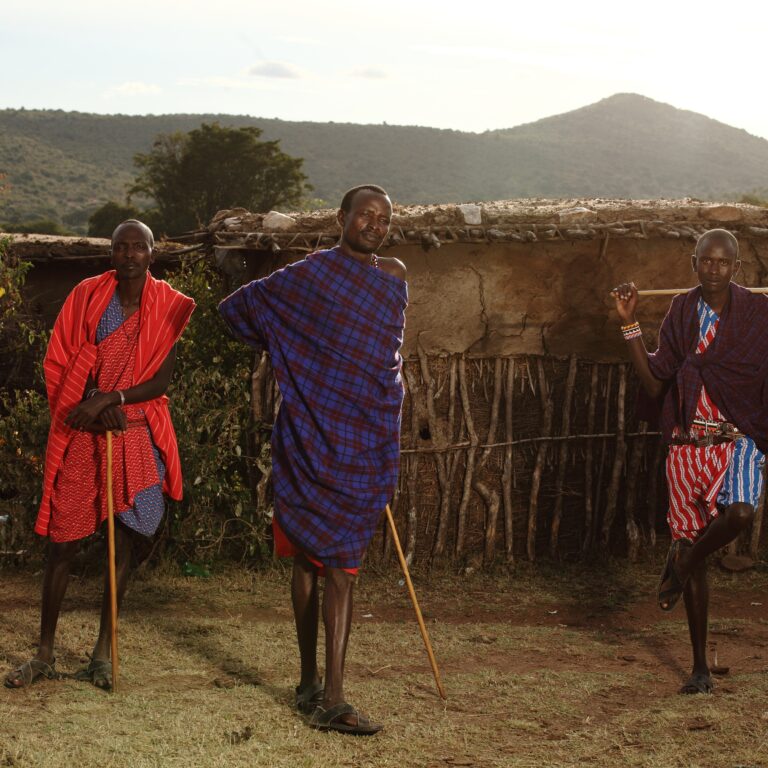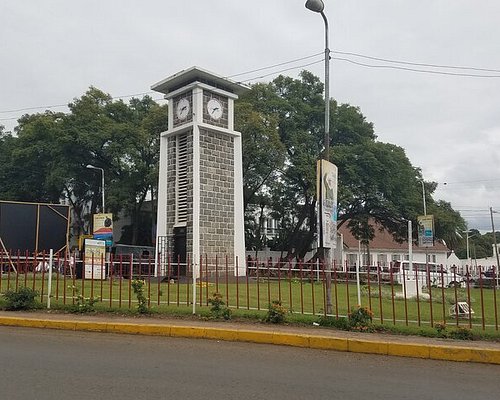Kilimanjaro Summits: Stella Point, Gilman’s Point & Uhuru Peak.
Welcome to our comprehensive guide to the awe-inspiring summits of Mount Kilimanjaro. As avid adventurers and enthusiasts of the great outdoors, we embark on a journey to unravel the mystique surrounding the three prominent peaks. Stella Point, Gilman’s Point, and the ultimate summit, Uhuru Peak. Join us as we delve into the intricacies of each summit, exploring their unique characteristics, challenges, and rewards.
Stella Point: Gateway to the Roof of Africa
Situated on the crater rim of Mount Kilimanjaro. Stella Point stands as a testament to the resilience of the human spirit and the wonders of nature. At an elevation of 5,756 meters (18,885 feet), this intermediate summit serves as a crucial milestone for climbers on the Machame, Lemosho, and Shira routes.
Ascending towards Stella Point, adventurers are greeted by a surreal landscape. Adorned with glaciers, volcanic rocks, and sweeping vistas of the Tanzanian plains below. The final push to the summit is characterized by steep inclines and high altitude. Testing the endurance and determination of climbers.
Stella Point marks the convergence of several trails. Offering climbers a sense of accomplishment and anticipation as they approach the Roof of Africa. For many, reaching this pivotal juncture serves as a milestone in their quest to conquer Kilimanjaro, instilling a sense of pride and achievement.
Gilman’s Point: The Cradle of Sunrise
Perched at an elevation of 5,681 meters (18,638 feet), Gilman’s Point serves as the gateway to Kilimanjaro’s iconic crater rim. Named after Otto Gilman, one of the first explorers to reach its summit. This vantage point offers unparalleled views of the surrounding landscape and the dawn of a new day.
Climbers embarking on the Marangu route are greeted by the ethereal beauty of Gilman’s Point as they ascend through the mist-shrouded slopes of Kilimanjaro. The final stretch to the summit is characterized by rocky terrain and a sense of anticipation. Culminating in a breathtaking sunrise that illuminates the horizon in a palette of vibrant hues.
Gilman’s Point holds a special place in the hearts of adventurers, symbolizing the triumph of perseverance over adversity. As the first glimpse of sunlight graces the horizon, climbers are filled with a sense of awe and wonder, reaffirming their resolve to conquer the challenges that lie ahead.
Uhuru Peak: The Roof of Africa
Standing tall at an elevation of 5,895 meters (19,341 feet). Uhuru Peak represents the pinnacle of achievement for climbers seeking to conquer Mount Kilimanjaro. As the highest point on the African continent, this majestic summit offers a once-in-a-lifetime opportunity to stand atop the Roof of Africa and bask in its glory.
The journey to Uhuru Peak is a test of both physical endurance and mental fortitude. As climbers navigate through rugged terrain and extreme altitude. The final ascent is steep and arduous, but the rewards are unparalleled, with panoramic views stretching as far as the eye can see.
Reaching Uhuru Peak is a defining moment in the lives of adventurers. Symbolizing the triumph of the human spirit and the pursuit of excellence.
What are the main summits of Mount Kilimanjaro?
The main summits of Mount Kilimanjaro are Stella Point, Gilman’s Point, and Uhuru Peak.
How high is Stella Point?
Stella Point stands at an elevation of 5,756 meters (18,885 feet) above sea level.
What is the elevation of Uhuru Peak?
Uhuru Peak is the highest point on Mount Kilimanjaro, standing tall at 5,895 meters (19,341 feet) above sea level.
How challenging is it to reach Uhuru Peak?
Reaching Uhuru Peak requires physical fitness, mental determination, and proper acclimatization to high altitude. The final ascent can be steep and challenging, but the rewards of reaching the Roof of Africa are unparalleled.
What routes lead to the Kilimanjaro summits?
There are several routes leading to the Kilimanjaro summits, including the Machame. Lemosho, Shira, and Marangu routes, each offering unique experiences and challenges.
What should I pack for a Kilimanjaro climb?
Packing essentials for a Kilimanjaro climb include appropriate clothing for varying temperatures. Sturdy hiking boots, sleeping gear, personal medications, and plenty of water. It’s essential to pack light but adequately prepare for the conditions.
Can I climb Kilimanjaro without prior experience?
While prior hiking or trekking experience is beneficial, many climbers successfully summit Kilimanjaro without prior mountaineering experience. However, physical fitness, mental preparation, and proper acclimatization are crucial for a safe and enjoyable climb.
What is the best time of year to climb Kilimanjaro?
The best time to climb Kilimanjaro is during the dry seasons. Which typically occur from late December to early March and from late June to mid-October. These periods offer favorable weather conditions and higher chances of summit success.
Conclusion: Kilimanjaro Summits
In conclusion, the summits of Mount Kilimanjaro—Stella Point. Gilman’s Point, and Uhuru Peak—offer a glimpse into the majesty and grandeur of the natural world. Whether you are embarking on your first ascent or seeking to conquer new heights. The summits of Kilimanjaro beckon you to embark on a journey of discovery and self-discovery.








